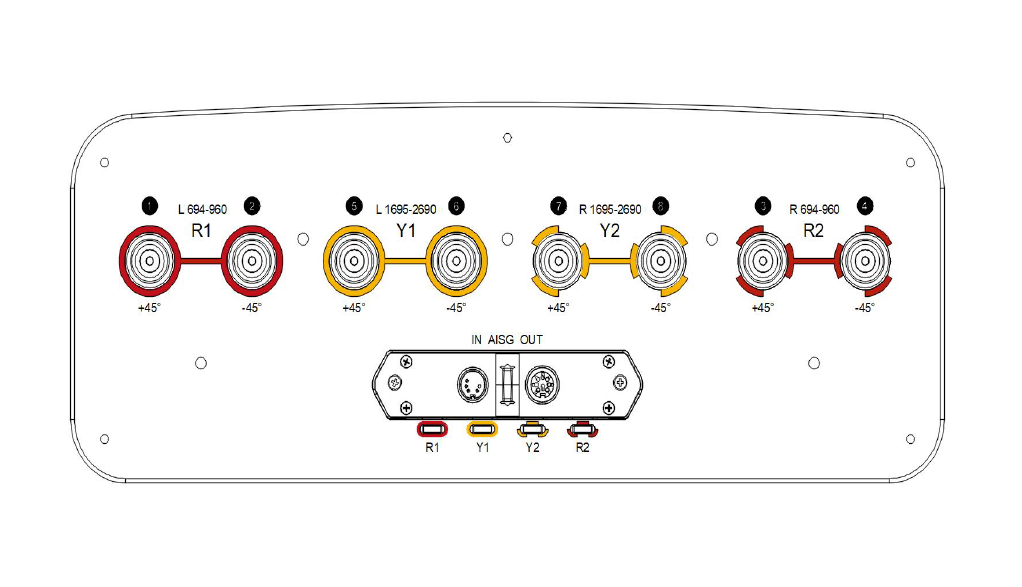As mobile operators race to expand and modernize their networks, multiband antennas have emerged as one of the most strategically important components in today’s wireless infrastructure. The evolution of mobile standards—from 3G to 4G and now to 5G—has dramatically increased the amount of spectrum that operators must manage. This shift has created a pressing need for antenna systems that can efficiently support multiple frequency layers without overwhelming tower space, zoning restrictions, or operational budgets. Multiband antennas, once considered an optional upgrade, have now become a core building block of any modern mobile network.
<The Changing Spectrum Landscape>
The radio spectrum used for mobile communication has expanded and diversified over the last decade. Operators must now support an array of frequency bands: low-band frequencies such as 600–900 MHz for broad coverage, mid-band frequencies like 1.7–2.6 GHz for capacity, and 3.3–4.0 GHz bands for 5G performance. On top of that, legacy spectrum originally used for 2G and 3G is being refarmed for LTE or 5G, further increasing the number of active bands.
Managing this increasingly complex spectrum environment requires antenna systems that can operate seamlessly across all these ranges. Multiband antennas address this by integrating multiple radiating layers and feed networks within a single radome, allowing operators to consolidate what previously required several separate antennas.
<Reduced Tower Load and Site Simplification>
A major challenge for mobile operators is the physical constraint of tower capacity. Traditional deployments often required three or four separate antennas per sector to support different frequency layers. In urban markets, towers become overloaded, leading to increased lease costs, structural reinforcement requirements, and aesthetic concerns from local communities.
Multiband antennas solve these issues by reducing the number of physical units on the tower. A single multiband antenna may replace two or three single-band antennas, significantly lowering overall wind load, weight, and installation complexity. This not only minimizes CAPEX by simplifying the site buildout but also reduces ongoing OPEX through lower rental fees and maintenance costs.
<Operational Efficiency and Long-Term Cost Benefits>
Beyond technical performance, multiband antennas offer substantial operational benefits. Fewer antennas mean shorter installation times, easier troubleshooting, and lower probability of failures. Tower crews can work more efficiently, and operators reduce the number of truck rolls needed to upgrade or maintain infrastructure.
Long-term cost modeling consistently shows that multiband antennas generate measurable OPEX savings—an increasingly important factor as mobile operators face rising energy prices, expanding coverage requirements, and the pressure to meet sustainability goals.
Multiband antennas are no longer just a space-saving measure. They are a strategic investment in network scalability, performance, and long-term sustainability. For operators planning their future network roadmaps, integrating high-performance multiband antennas is one of the most impactful steps they can take to ensure readiness for the demands of modern and next-generation networks.
